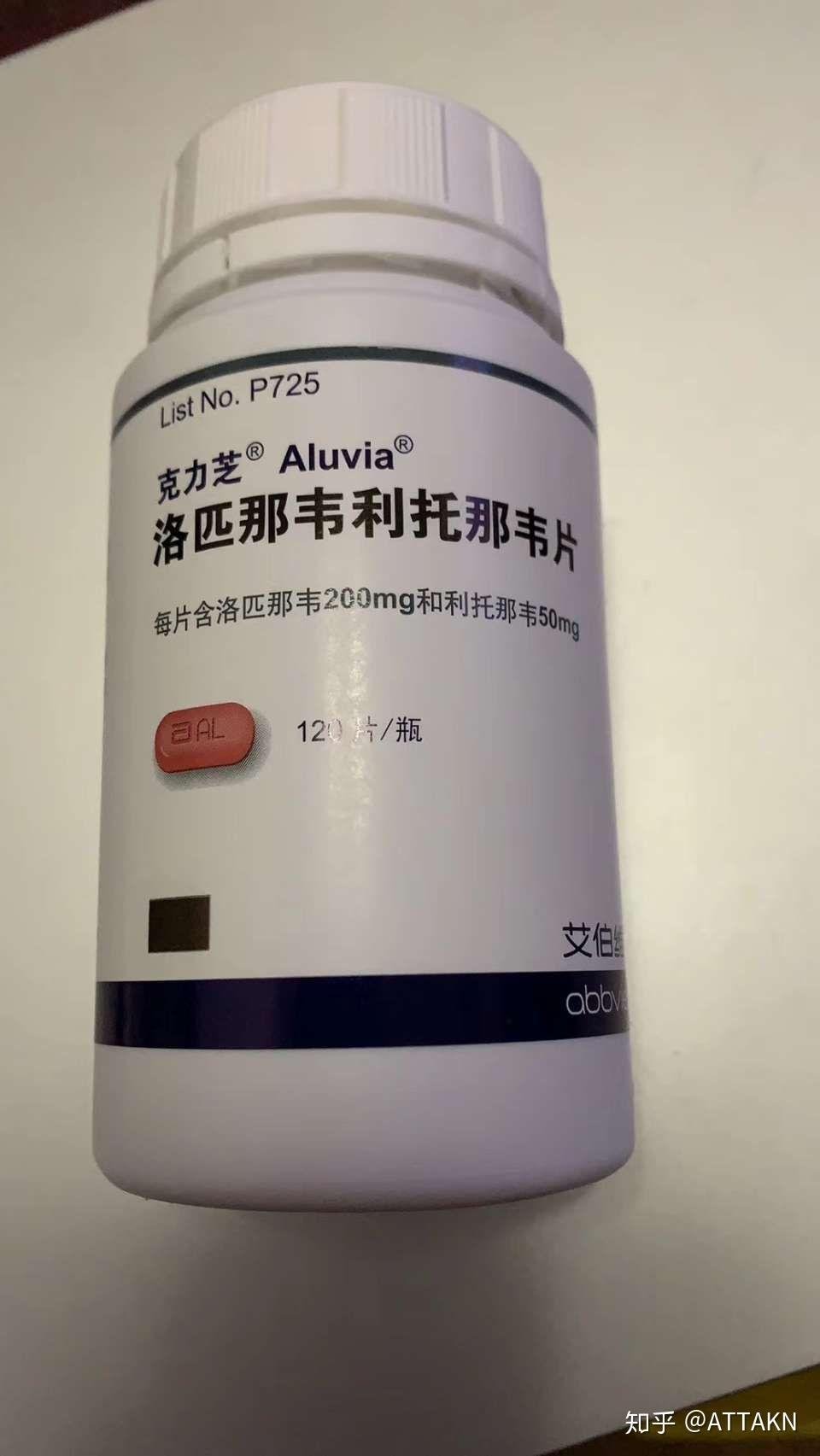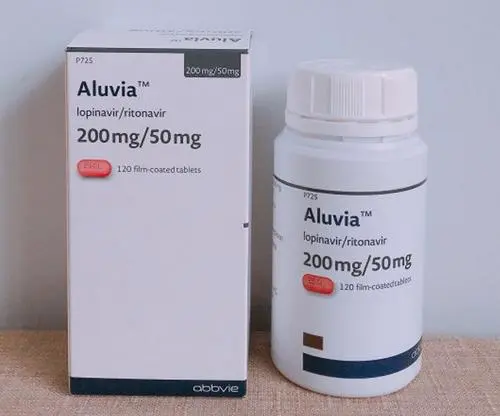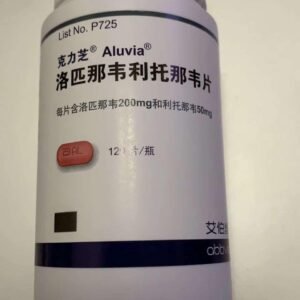Lopinavir and Ritonavir tablets
Effects and efficacy: This product is suitable for use in combination with other antiretroviral drugs to treat human immunodeficiency virus type 1 (HIV-1) infection in adults and children over 2 years old.
Dosage and administration:
Adults: The recommended dose is 2 tablets twice a day. This product can be taken with or without food. When combined with efavirenz, nevirapine, amprenavir, Fosampre, fosamprenavir or nelfinavir, the recommended dose of this product (2 tablets once, twice a day) can be used in combination with the above drugs without adjusting the dose. Children: Children with a body weight of >40kg or a body surface area (BSA) = {[height (cm) × weight (kg)]/3600} greater than 1.3m, can use the recommended adult dose (2 tablets once, twice a day); children with a body weight of <40kg or a body surface area (BSA) less than 1.3m are recommended to use a child’s dose of lopinavir-ritonavir oral solution.
Adverse Reactions:
The most common adverse reactions associated with treatment with budesonide during clinical trials were diarrhea, nausea, vomiting, hypertriglyceridemia, and hypercholesterolemia. Patients taking budesonide once daily may be at greater risk for diarrhea. Diarrhea, nausea, and vomiting may occur at the start of treatment, and hypertriglyceridemia and hypercholesterolemia may occur later. In Phase II-IV trials, 7% of subjects withdrew from the study prematurely due to adverse events during treatment. Cushing’s syndrome has been reported in patients receiving ritonavir and inhaled or intranasal fluticasone propionate; this may also occur with other corticosteroids metabolized by P4503A (budesonide). Increased creatine phosphokinase (CPK), myalgia, myositis, and rhabdomyolysis (rarely) have been reported with the use of protease inhibitors, especially in combination with nucleoside reverse transcriptase inhibitors. HIV patients treated with combined antiretroviral therapy experience redistribution of body fat (lipodystrophy), including loss of peripheral and facial subcutaneous fat, increased intra-abdominal and visceral fat, breast enlargement, and fat accumulation on the back of the neck (buffalo hump). Combined antiretroviral therapy can cause metabolic abnormalities such as hypertriglyceridemia, hypercholesterolemia, insulin resistance, hyperglycemia, and hyperlactatemia. HIV patients who are already severely immunocompromised when starting combined antiretroviral therapy (CART) may experience inflammatory responses caused by asymptomatic infection or residual opportunistic infections. Cases of osteonecrosis have been reported, especially in patients with recognized risk factors, patients with advanced HIV, or patients receiving combined antiretroviral therapy (CART) for a long time. Its frequency is unknown.
Contraindications:
Allergy to this product is contraindicated. Contraindicated in liver damage. Use with caution during lactation. Use with caution in hepatic and renal insufficiency.
Share:
Products
Our offers
Health Classification
Let us work together to protect precious health






























